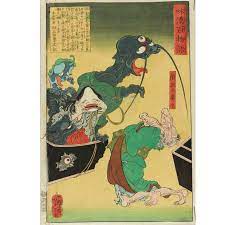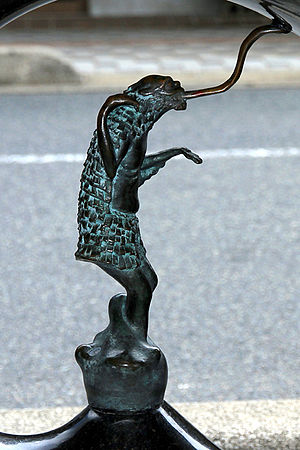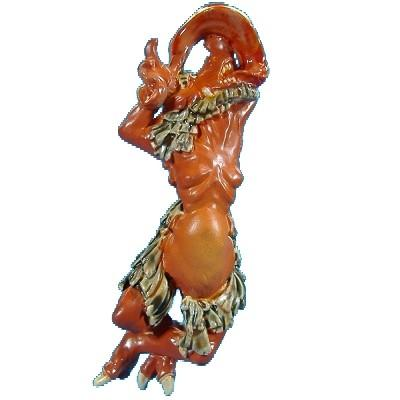


Japanese Yokai: Yonosan: Tenjoujo
Tenjoujo:
Its design is modeled after the yokai in the Hyakki Yagyō picture scroll of the Muromachi period.
It is believed that a yōkai with its face upturned and its tongue sticking out corresponds to that.
Same Yokai:
A picture scroll depicting a monster from the Edo period
It is also depicted under the name ‘Isogashi’ in “Hyakki Yagyo Emaki” (Matsui Bunko collection).
https://ja.wikipedia.org/wiki/%E5%A4%A9%E4%BA%95%E5%98%97
Yokai japonais : Yonosan : Tenjoujo
Historique du plafond :
Sa conception est inspirée du yokai du rouleau d’images Hyakki Yagyō de la période Muromachi.
On pense qu’un yōkai avec le visage tourné vers le haut et la langue tirée correspond à cela.
Même Yokai :
Un rouleau d’image représentant un monstre de la période Edo
Il est également représenté sous le nom « Isogashi » dans « Hyakki Yagyo Emaki » (collection Matsui Bunko).
Japanisches Yokai: Yonosan: Tenjoujo
Deckengeschichte:
Sein Design ist dem Yokai in der Bildrolle Hyakki Yagyō aus der Muromachi-Zeit nachempfunden.
Es wird angenommen, dass ein Yōkai mit nach oben gerichtetem Gesicht und herausgestreckter Zunge dem entspricht.
Gleicher Yokai:
Eine Bildrolle, die ein Monster aus der Edo-Zeit darstellt
Es wird auch unter dem Namen „Isogashi“ in „Hyakki Yagyo Emaki“ (Sammlung Matsui Bunko) abgebildet.